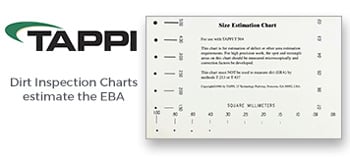Pilot scale black liquor concentration using pressure driven membrane separation, TAPPI Journal April 2023
ABSTRACT: Black liquor concentration using pressure driven membrane separation has long been proposed as a means of achieving energy savings and breaking production bottlenecks. To date, limitations in membrane performance and stability under black liquor process conditions have prevented those promises from being realized out-side of tightly controlled laboratory settings. In this work, we describe the first successful pilot scale field deployments of a membrane system for black liquor concentration. Using a purpose-built system and commercial sized, spiral wound graphene oxide membrane elements, we have logged nearly 6000 h of runtime across deployments to multiple mill sites. We demonstrate concentration of black liquor from 14% to >20% total solids, while generating permeate water comparable in quality to that of evaporator condensate and an 81% reduction in energy consumption relative to evaporation. At a commercial scale, these results translate to $2 M/year in net energy savings for a typical mill, as well as an opportunity to support production increases or mill expansions. These results represent a significant leap forward in the ability of membrane systems to deliver substantial value via black liquor concentration.
TAPPI
conference proceedings and presentations, technical papers, and publication articles provide technical and management data and solutions on topics covering the Pulp, Paper, Tissue, Corrugated Packaging, Flexible Packaging, Nanotechnology and Converting Industries.
Simply select the quantity, add to your cart and your conference paper, presentation or article will be available for immediate download.





